Author, Autumn
Pumpkins and Poltergeist
Last weekend the kids and I picked the pumpkin patch. Although we had enough for decorating around our house (I say we had a few too many, the kids say not enough) I usually like to have enough pumpkins to give to neighbors and friends.
The weather didn’t cooperate this year. Too much rain to start the growing season then, at the beginning of August, the rain stopped and dried out to finish the season. Every year is different, and we’re excited for the pumpkins we have. With Halloween right around the corner, it’s time to look at my favorite story, Washington Irving’s The Legend of Sleepy Hollow:
Exploring the Cinematic Interpretations of The Legend of Sleepy Hollow
Washington Irving’s The Legend of Sleepy Hollow is one of the most iconic and enduring ghost stories in American literature. It’s no surprise that such a timeless tale has inspired numerous film adaptations, each offering its own spin on the eerie legend of Ichabod Crane and the Headless Horseman.
However, despite its popularity, translating the relatively short and atmospheric story into a full-length movie has often proven to be a challenge. Below is a short review of a few notable adaptations, followed by an exploration of why the original story’s brevity and tone make it difficult to capture on film.
- Sleepy Hollow (1999)
Tim Burton’s Sleepy Hollow is perhaps the most well-known adaptation of Irving’s tale, starring Johnny Depp as Ichabod Crane. Burton takes significant creative liberties, turning the story into a dark, gothic horror-thriller with a gruesome, supernatural bent. Ichabod is reimagined as a constable investigating a series of murders in Sleepy Hollow, which are blamed on the Headless Horseman.
While visually stunning, with Burton’s signature moody, surreal style, the film departs heavily from Irving’s original story. It focuses more on violent spectacle and mystery than on the quiet, eerie tension that characterizes the novella. Depp’s Ichabod is quirky and eccentric, in line with Burton’s usual characters, but lacks the humorous, cowardly charm of Irving’s Ichabod. Despite these departures, Sleepy Hollow succeeds as an entertaining, atmospheric film, even if it strays from its source material.
- The Adventures of Ichabod and Mr. Toad (1949)
This Disney adaptation is a charming, family-friendly take on the story. Paired with The Wind in the Willows in a double-feature format, The Legend of Sleepy Hollow segment keeps much closer to Irving’s original narrative. Bing Crosby provides the narration and voices for several characters, giving the film a light, humorous touch while still building up to the suspenseful chase between Ichabod and the Headless Horseman.
Disney’s version plays up Ichabod’s superstitions and comical cowardice, keeping the tone light while still providing enough spookiness to make the Horseman’s appearance thrilling. The animation adds a whimsical feel to the story, but due to the short runtime, it doesn’t delve too deeply into any of the characters. Still, as an introduction to the legend for younger audiences, it remains a delightful, faithful adaptation.
- Sleepy Hollow (TV Movie, 1980)
The 1980 TV movie The Legend of Sleepy Hollow, starring Jeff Goldblum as Ichabod Crane, leans into the romantic and mysterious elements of the story. It remains relatively faithful to the original narrative while adding in new subplots to extend the story’s length. Goldblum’s performance captures the awkwardness and ambition of Ichabod Crane, though the movie feels somewhat subdued compared to other adaptations.
This version focuses more on the love triangle between Ichabod, Brom Bones, and Katrina Van Tassel, creating a tension that underpins Ichabod’s eventual encounter with the Headless Horseman. However, it struggles to maintain the eerie tone that makes the novella so haunting, perhaps due to its more drawn-out pacing and lack of a visually compelling Horseman.
Why The Legend of Sleepy Hollow Is Hard to Adapt
One of the primary challenges in adapting The Legend of Sleepy Hollow into a full-length movie is its brevity. Irving’s original novella is less than 50 pages long and relies heavily on atmosphere and tone rather than intricate plot details. The entire story builds toward the climax—the chase between Ichabod Crane and the Headless Horseman—leaving little room for the kind of character development and subplot expansion typically required to sustain a feature film.
Another challenge is that much of the story’s strength lies in its ambiguity. Irving leaves it unclear whether Ichabod’s encounter with the Headless Horseman is real or a prank by Brom Bones. This open-endedness creates a psychological tension that’s difficult to translate into film, where audiences often expect more definitive answers. Many adaptations either play up the supernatural elements (like Burton’s Sleepy Hollow) or downplay them entirely, resulting in an uneven balance that doesn’t quite capture the novella’s haunting subtlety.
Moreover, Ichabod Crane himself presents difficulties as a protagonist. In the novella, he’s portrayed as a somewhat pompous and comical figure, more an object of ridicule than a hero. His character arc, if any, is subtle and open to interpretation, which can make it difficult to craft a satisfying cinematic narrative around him without altering his core traits or motivations.
Finally, the slow-burn nature of Irving’s storytelling—where the tension builds gradually through descriptions of the haunted landscape and local superstitions—is hard to sustain over a two-hour runtime without losing the audience’s attention. Filmmakers often compensate for this by adding new characters, expanding the love triangle, or leaning into horror tropes, which can dilute the simple, spooky charm of the original.
Conclusion
Though The Legend of Sleepy Hollow has inspired numerous adaptations, it remains a difficult story to fully translate into a feature film. The original novella’s brevity, reliance on atmosphere, and open-ended nature present challenges that often require filmmakers to either drastically reimagine the tale or risk producing a short, underdeveloped film. Still, each adaptation brings something unique to Irving’s story, keeping the legend alive in the imaginations of new generations. Whether focusing on the suspense, the humor, or the supernatural, these films demonstrate that while translating The Legend of Sleepy Hollow into cinema may be tricky, the allure of the Headless Horseman remains timeless.
About Leif J. Erickson
Leif J. Erickson is a science fiction and fantasy author from a small farming community in west central Minnesota. Using his time wisely when he was a farmer, Leif developed many ideas, characters, and storylines to create over fifty unique first drafts and outlines for stories. From his start in a small town school, to college at North Dakota State University, back to his family farm, then to the bright lights of Minneapolis, Minnesota, and back to his small farming town, Leif has always had a love of writing.
When Leif isn’t writing he can be found with his wife hiking in state parks, canoeing local lakes and rivers, exploring local and regional ghost towns, experiencing museums, or simply reading or hanging out with friends and family. Leif draws on the local nature and ecology to find inspiration for his writing while he also asks what’s possible for technology and the human race, weaving them together for amazing stories that will stay with the reader for years to come. Leif looks forward to having many novel and story releases in the years to come.
You can see all of Leif’s Books here: Leif’s Amazon Author Page




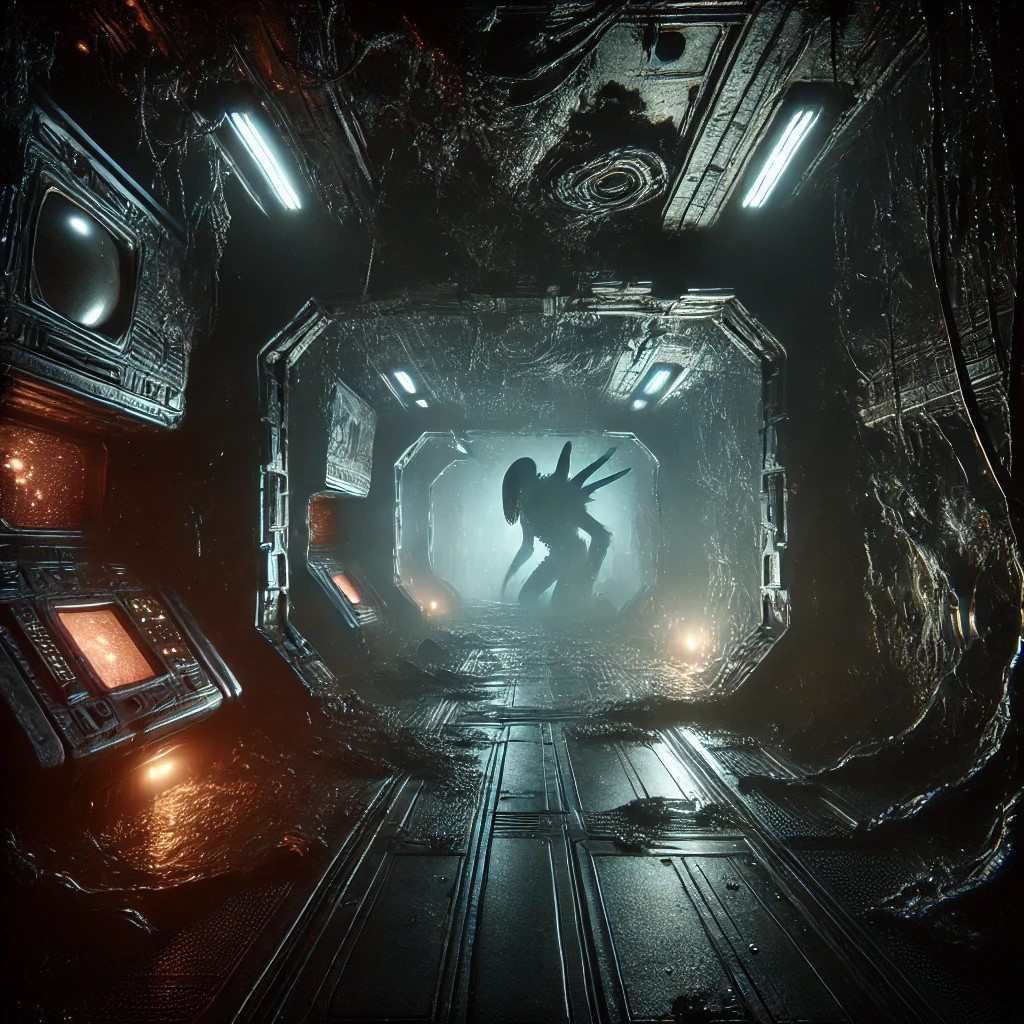


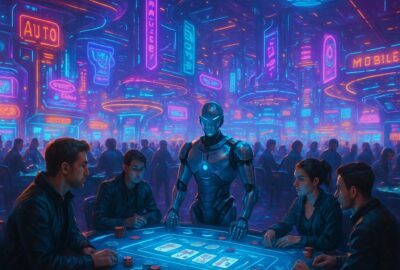




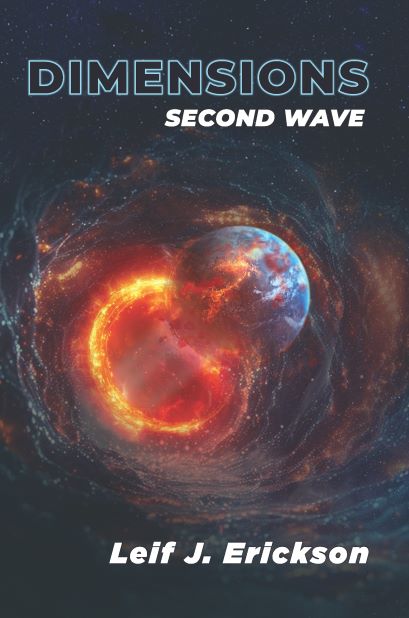
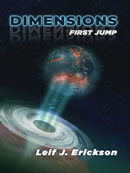
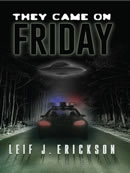

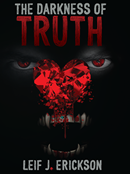
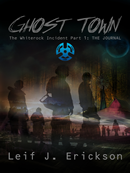
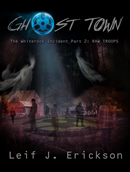

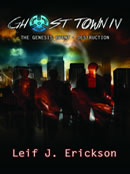

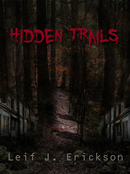
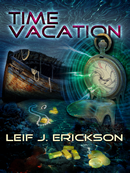





Leave a reply
You must be logged in to post a comment.